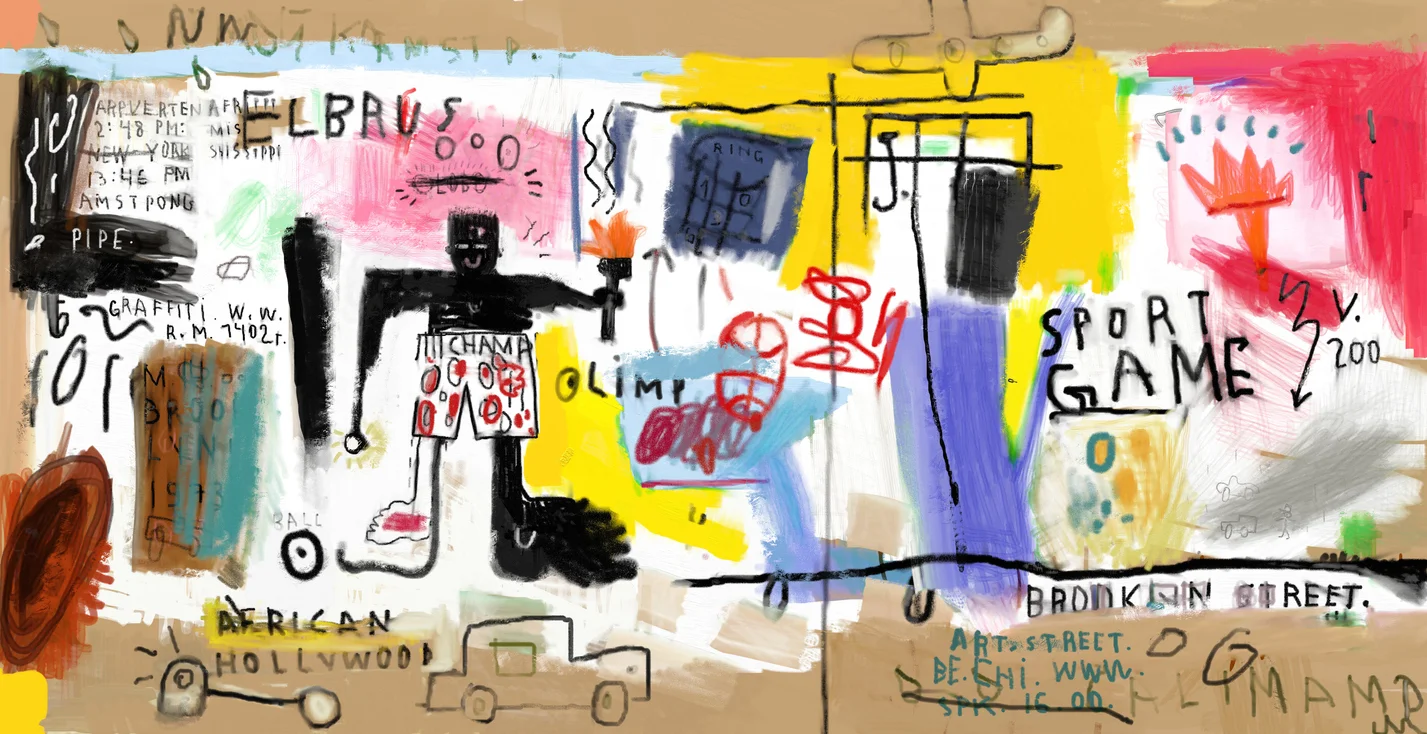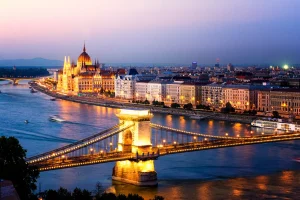
Alternative investments- Is art investment a new product?
Works of art by Andy Warhol, Banksy, Pablo Picasso, Gerhard Richter, Robert Rauschenberg, Cindy Sherman, Louise Bourgeois, Sol LeWitt, Yayoi Kusama, William Kentridge, David Hockney, Olafur Eliasson, Henri Matisse, Roy Lichtenstein, and Joan Miró. These artists rank highest on Artfacts but are they worth investing in?
A detailed review of today's art market, as well as key data and trends, are outlined. Navigating this multibillion-dollar business, it is essential to shine a light on the structure and dynamics of the blue-chip art world, as well as information on art funds. Technological advancements greatly promote the classification of art as a new asset class. Artprice S.A., Sotheby's Holding Inc., and Artnet AG are a few of the leading art funds.
What is an art fund?
A fund combines money from different investors and the fund manager invests on their behalf. On the other hand, an art fund is where you invest and own a fraction of an artwork by a renowned artist such as Man Ray, Ai Wei Wei, Marcel Duchamp, Anslem Kiefer, Marina Abramovic, Hito Steyerl, and Alberto Giacometti for example. The concept of the art fund changes the notion of what it means to own something. We own a work of art in its physical form and suddenly this abstraction means creating an art fund which entitles you to a share of the artwork. The fractional ownership in terms of real estate, the passion and emotional asset is that if you detach this from it, you must require financial returns.
Today’s art market
As new market prospects and business models emerge on the internet and digital world, such as online auction houses, online databases, online and real-time market data distribution, online catalogues and fairs, artists' websites, and new communication channels, transparency grows. According to Art Basel and UBS Global Art Market Report, “the median expenditure on art and antiques by high-net-worth (HNW) collectors surveyed across 11 markets worldwide reached $65,000 in 2022, up by 19% in 2021. The median level in the first half of 2023 was reported at $65,000, indicating a potentially substantial rise for the year if spending continues. The majority of spending in 2023 was on paintings (58%), with works on paper the second-largest component (13%). The resurgence of in-person buying continued in 2023.”

Works of art differ from other asset classes in that their returns have a limited correlation with stock and bond returns. When art is included in an investment portfolio, the lack of connection minimizes risk and volatility. Because art is a sanctuary during times of high inflation, there is an increase in value preservation. Art preserves its value even as the purchasing power of currency deteriorates.
There is an increased democratization of art investments. Investors have several new ways to make art investments, whether through direct investments or fund investments. The private equity investment fund model is a long-term commitment, and new next-generation investments are mitigating these aspects to make it more tradable and more accessible. This is acceptable to the art world which works within a relatively delicate art market that has a lot of friction and is exponentially buying. Fine art can also be used as collaterals. Banks and financial institutions are offering more financial products around market collectables. It is both a combination of a visual and more art-friendly fund with a financial underpinning.
Art generally operates in unregulated marketplaces, often there are a lot of friction points such as insider trading, and reputational risks. Incorporating art and investments into a structure has been muted and unsuccessful until now, with the advent of this form or fractionalization within this framework, it could open up to more potential. The art world through these fractional investment schemes is moved into a regulated space. The market is still in its infancy and still very young but this art investment product structure will make it more advertising for banks to involve themselves in these types of products. The digital transformation scene in the art market is moving away from the analogue world to online and the growth of crypto. To defy or decentralized finance which is an entire alternative finance industry that is built around the crypto infrastructure is expanding significantly. Many companies emerged out of the infrastructure, and even though many of these elements revert to the abnormality, the hubris is disappearing, it will need something else to be provided to the art market and art collectables to have a slightly different position in the infrastructure.
Different types of art funds:
1. Art funds backed by banks:
Description: Art funds set up by an established bank. The fund product is often part of the ‘alternative asset’ offering and is targeted to certain HNW clients of the bank.
Strengths: The bank already has a captured client base, which in practice should facilitate the fundraising efforts. The infrastructure and expertise to set up an investment fund exist in-house and the banking of the bank provides credibility to the art fund product.
Weaknesses: The unregulated nature of the art market often makes it difficult to pass through the bank's strict compliance tests.
2. Dealer-backed art funds:
Description: A dealer-backed art fund can be a way to increase the capital base and purchasing power of an existing art dealer business. The fund will act as a liquidity facility/ working capital for the dealer to take advantage of opportunities in the marketplace.
Strengths: This could be an effective way of participating directly in the art market. The closeness of the dealer to the market means short-term opportunities can be capitalized on.
Weaknesses: The reputation and track record of the dealer are critical. The success rests solely on the expertise of the dealer.
Suitability: Investors that have already been buying and selling works through the dealer and trust their abilities. It offers the investors an opportunity to invest in a ‘talent’ and to help the dealer grow the business. Dealer-backed art funds are common in the sense that, they normally do not feature as public funds. They typically operate under the radar. They are structured as a private equity structure or mutual funds structure, with various shareholders that are investors.
3. Artist incubators
Fund or angel investors whose main purpose is to provide artists with financial support, mentoring, adequate working space, public exposure and introductions to leading galleries and collections. They work in a balance between patronage, support and financial. This provides a philanthropic approach where there is an initial acquisition of a body of early works and supports the production of new artworks, to ensure adequate working space, providing mentorship, and sponsoring the production of various marketing collateral. This model has a philanthropic approach.
Friday 10th November 2023 - 11:50 GMT


